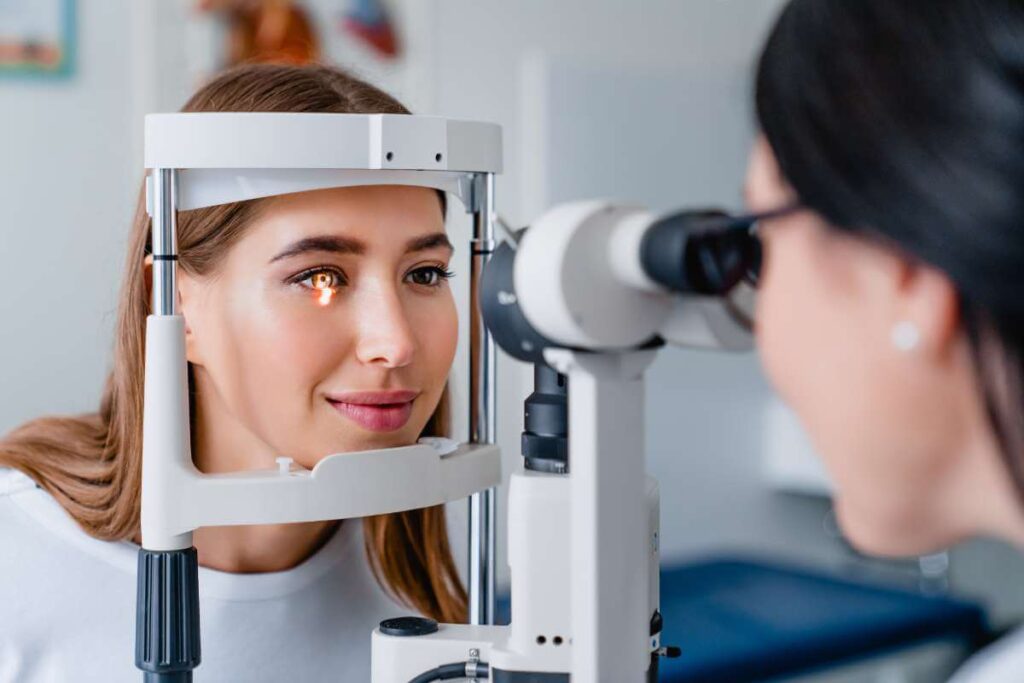Eye movement desensitization and reprocessing or EMDR is a psychotherapy treatment for people trying to recover from the trauma associated with distressing life experiences. EMDR therapy has been effective in helping the mind recover from psychological trauma, just as the body can do the same with physical trauma. Likewise, the brain can heal just as the body does from its wounds.
At The Willows at Red Oak Recovery, located just outside Asheville, North Carolina, we have established an effective gender-based trauma treatment program for women. Run by master’s level clinicians, each wellness treatment program we have available provides individualized attention to our clients. Trauma left unresolved can lie in wait for years, if not decades, before it resurfaces and negatively impacts one’s life and relationships.
In order to forge ahead confidently through life, one must first deal with the emotional and psychological anguish of the past. Our effective dual diagnosis treatment, disordered eating treatment, and family therapy program provide real solutions to these lingering problems. To learn about treatment options at The Willows at Red Oak, please contact 855.773.0614.
EMDR Therapy Program
EMDR therapy involves a focus on three time periods: the past, present, and future. This treatment emphasizes past disturbing memories and their related events. It also focuses on current situations that cause distress and develop the skills and attitudes needed for positive actions in the future. With EMDR therapy, these items are addressed using an eight-phase treatment approach.
Phase 1
The first phase is a history-taking session. The therapist assesses the client’s readiness, and they’ll develop a treatment plan. Next, the therapist and patient identify possible targets for EMDR processing. These include disturbing memories and even current situations that have caused emotional distress. Other targets may include incidents in the past that are related. Emphasis is then placed on developing a specific skill set and behaviors that the client will require in the future.
Phase 2
During the second phase of treatment, the therapist ensures that the client has several different ways of dealing with emotional distress. The therapist may teach the client various imagery and stress-reducing techniques the client can use during and before the next session. A goal of EMDR therapy is to produce rapid and effective change while the client maintains equilibrium during and before following sessions.
Phases 3-6
In phases three to six, a target is identified and is then processed utilizing EMDR therapy. These involve the client identifying four things:
- The vivid visual image related to the memory
- A negative belief about themself
- Related emotions and body sensations
- A positive belief about themself
We’ll take this treatment as slowly or quickly as the client requires.
Phase 7
In phase seven, known as closure, the therapist asks the client to keep a journal during the week. The journal should document any related material that comes up. In addition, it helps to remind the client of the self-calming activities that occurred in phase two.
Phase 8
Phase eight consists of examining the progress that has taken place. The EMDR treatment processes all related historical events, current incidents that cause distress, and future events that will require different responses.
Reach Out to The Willows at Red Oak Recovery Today
Our women’s treatment facility is located just outside Asheville, North Carolina. Through our program, you can rediscover the parts of you that were left behind when the addiction took hold. No more than twenty women at any one time reside at the facility, giving you the space you require to begin your wellness journey. Core values like compassion, integrity, excellence, humility, and service are an essential part of our program. Contact us online or at 855.773.0614 for you to take the first step on your journey to recovery.

